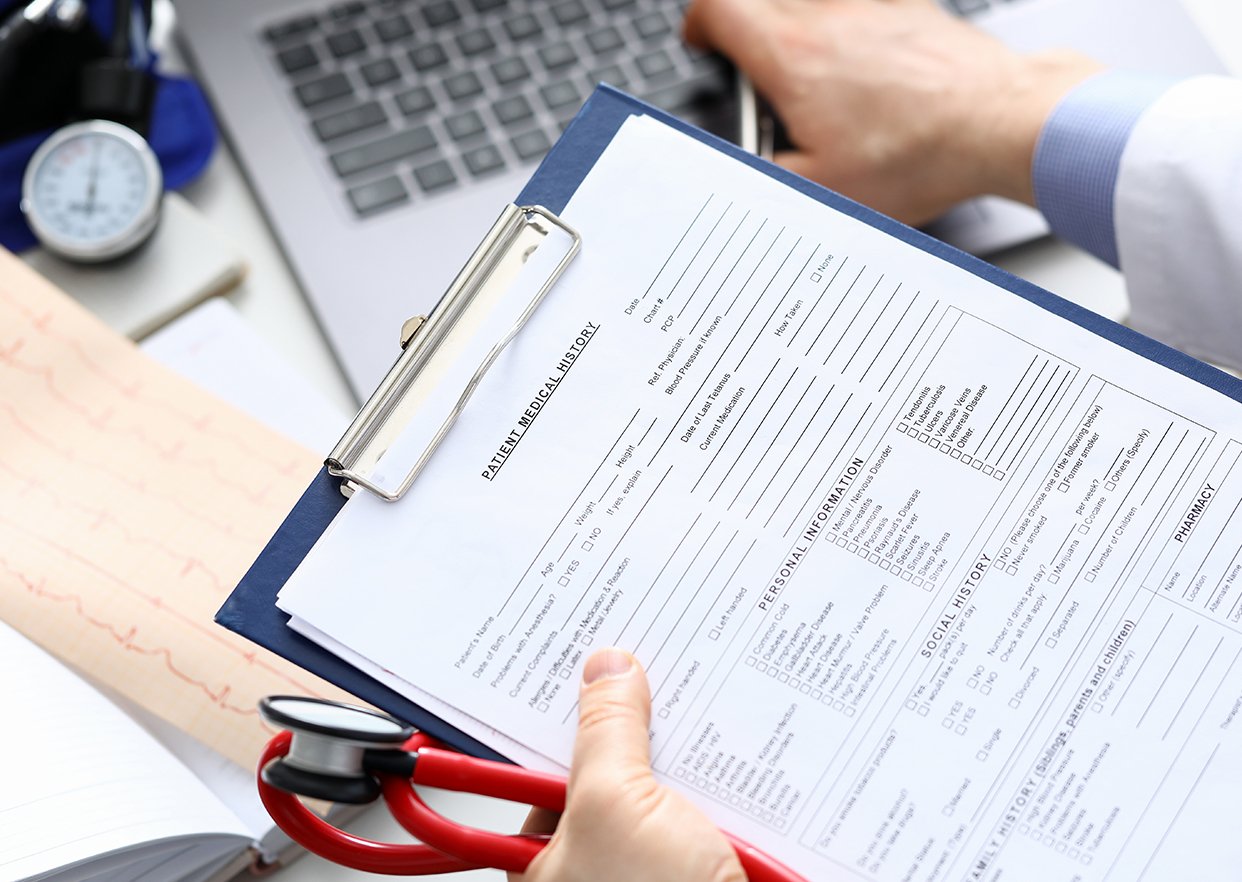The owner’s manual in the glovebox of your car. The setup guide that came with your new 13-channel home-theater receiver. The small, folded leaflet that came in the box of your steroid skin cream. Three types of documents for three entirely different product categories and yet they have one thing in common: All are examples of technical literature.
“Tech lit” is often overlooked but it’s vital to the safe and effective use of the products we rely on every day. Whether it be product documentation, a user guide, a repair manual, a training or instruction manual, the miniature folded leaflet that often comes with pharmaceuticals, or something else entirely, technical literature exists to fulfill a basic purpose.

Done right, technical literature improves product performance, reduces risk for the manufacturer, increases safety for the user and strengthens their brand experience. However, not all technical literature is created equally.
The content creation experts at TechSmith offer a number of tips for building effective tech lit. Here are six guidelines to remember when creating technical literature for your product or service.
Better Technical Literature in 6 Steps

1: Use plain language
Now is not the time to sound sophisticated. Nothing frustrates a consumer more than an owners’ manual or user guide filled with needless technical jargon. Acronyms and buzzwords should be replaced by short words, short phrases and approachable terminology. Communicate as simply as possible and customer satisfaction will soar.
2: Incorporate visuals
Whenever possible, user manuals should follow the adage of “show, don’t tell.” Not every product or service scenario lends itself to photos, diagrams and illustrations. However, research proves that visual information is absorbed faster and more readily understood than written information. Seek every opportunity to replace or supplement complex written information with visuals.
3: Make it flow
Technical literature is much more than a collection of facts – it’s a story. The sequence of topics, the headings and subheads, and the step-by-step way in which instructions are provided should all follow a logical flow from the user’s point of view.
4: Focus on problem-solving, not features
Technical literature is not to be confused with marketing collateral. Focus on solving problems and improving experiences, not touting features and benefits. Start with what the user is attempting to accomplish and then tell them how to make it happen using your product or service.
5: Offer a table of contents
Not all forms of technical literature (e.g., pharmaceutical leaflets and inserts) are lengthy enough to warrant a table of contents. However, nearly any technical document more than a few pages long would benefit from a TOC. Place the table of contents at the front of the document and use it to highlight the “flow” of the story you are telling.
6: Gather user feedback
You likely already use focus groups and surveys to gather feedback on your products and services. Doing the same with your technical literature helps ensure a positive customer experience. It could also help grow your business. Gathering feedback about user guides and owners’ manuals can provide unique insights into consumer pain points, providing inspiration for new product features and innovations that set you apart from the competition.
Technical Literature Solutions From Taylor
As one of the largest graphic communications firms in North America, Taylor creates a wide variety of technical literature through our vast network of print production facilities. Our state-of-the-art, just-in-time digital printing technology allows us to provide document management solutions that solve three common problems.

1: Obsolescence and waste
Digital print production is a more flexible and efficient way to produce technical literature than a traditional offset printing press. Just-in-time (JIT) digital production enables tech lit deliveries in as little as three days, eliminating the obsolescence and waste that invariably comes from printing documents in large runs.
2: Storage fees
Printing technical documents in large runs requires that pallets full of materials be stored in secure, climate-controlled environments for extended periods of time. Just as with obsolescence waste, this adds to the cost per piece of the finished item.
3: Loss of version control
Taylor’s online print management tools – combined with our rapid digital production flows – ensure precise version control. Whatever document version you have on hand at any moment in time is certain to be the most current version available.
Taylor has invested in the equipment needed to produce technical literature of nearly every type – including miniature pharma fold leaflets – while our in-house bindery technology results in a comprehensive document management solution unlike any other:
- Creasing
- Folding
- Booklet making
- Stitching
- Spiral binding
- Shrink-wrapping, and more
Contact a Taylor representative for details.








.png)
